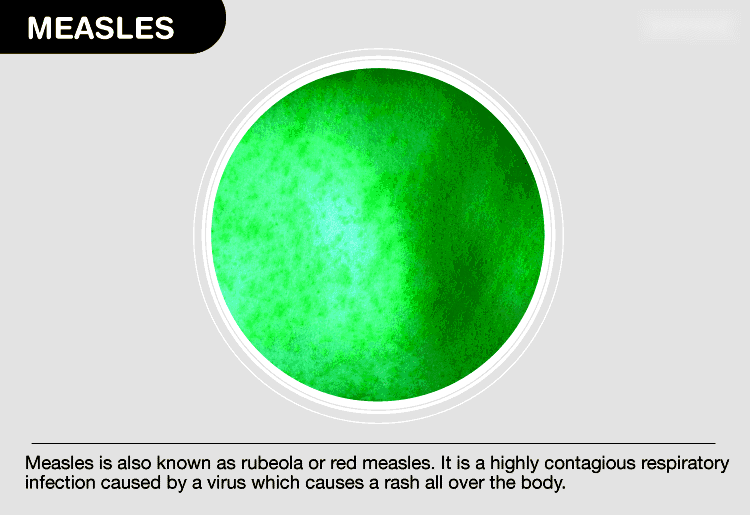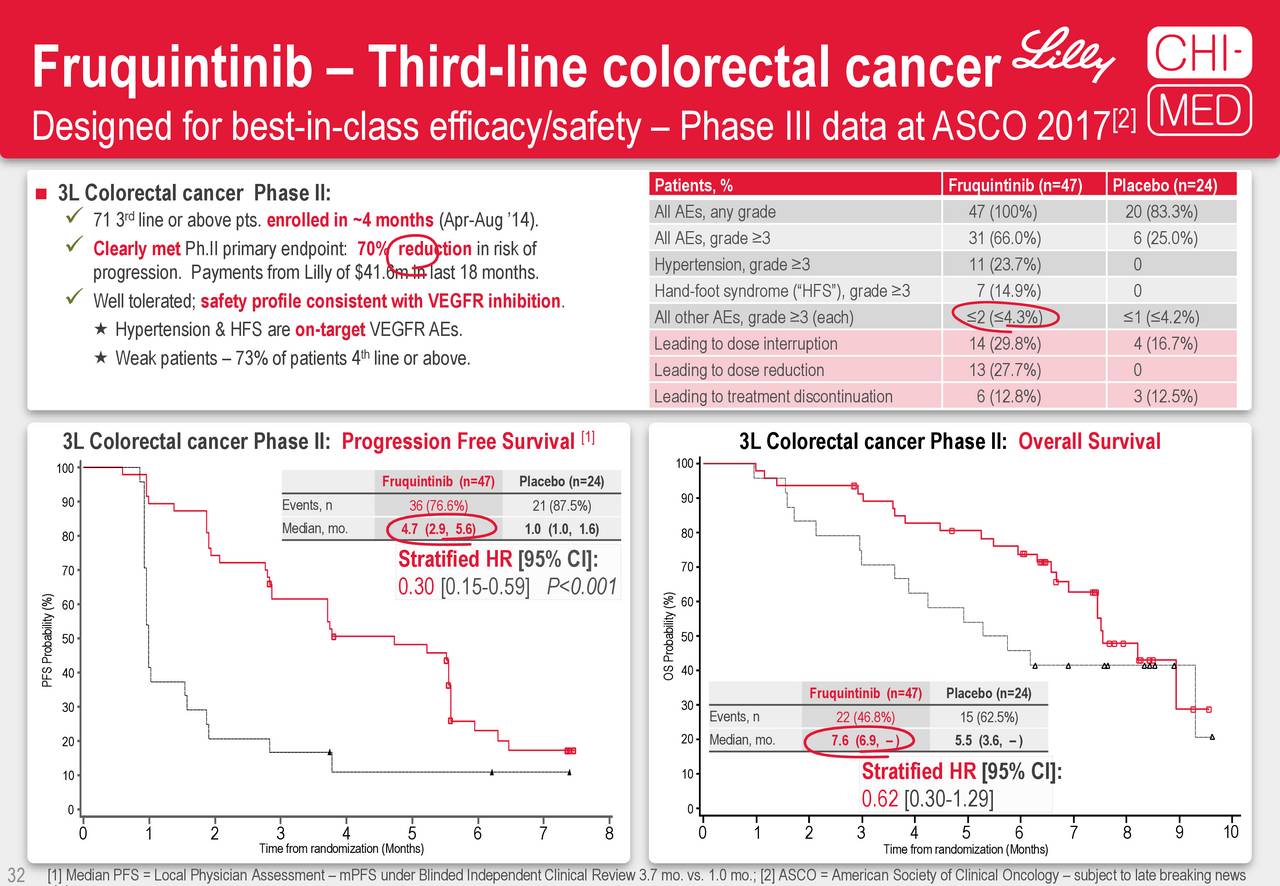The Persistence Of Measles: Understanding Continued Transmission

Table of Contents
Low Vaccination Rates and Vaccine Hesitancy
The primary driver of measles persistence is undoubtedly low vaccination rates, often fueled by vaccine hesitancy. This reluctance to vaccinate stems from a complex interplay of factors, significantly impacting global health efforts.
The Impact of Vaccine Hesitancy
Misinformation and distrust in vaccination programs are major contributors to lower vaccination rates. The spread of false claims about vaccine safety and efficacy through various channels has severely hampered vaccination efforts.
- Examples of misinformation spread online: False claims linking vaccines to autism, fabricated stories of adverse effects, and conspiracy theories circulating on social media platforms.
- Impact of celebrity endorsements against vaccines: High-profile figures publicly opposing vaccination can significantly influence public opinion and decrease vaccine uptake.
- Role of social media in spreading anti-vaccine sentiment: The rapid dissemination of misinformation through social media algorithms makes it challenging to counter these narratives effectively.
Studies have clearly demonstrated a strong correlation between vaccine hesitancy and measles outbreaks. For instance, a study published in the Lancet found a direct link between declining MMR (Measles, Mumps, Rubella) vaccination coverage and increased measles incidence. This highlights the critical need for addressing vaccine hesitancy to control measles persistence.
Addressing Vaccine Hesitancy
Combating vaccine hesitancy requires a multi-pronged approach focusing on education, community engagement, and addressing specific concerns.
- Educational campaigns: Public health initiatives using accurate, accessible information to counter misinformation. These campaigns should target specific concerns and provide evidence-based answers.
- Community outreach programs: Engaging local leaders, community health workers, and trusted figures to promote vaccination within communities.
- Collaboration with healthcare providers and community leaders: Building trust and facilitating open dialogue between healthcare professionals and communities.
- Addressing specific concerns and providing accurate information: Tailoring communication to address specific anxieties and providing clear, evidence-based information.
Successful examples include community-based participatory research initiatives involving affected communities in the design and implementation of vaccination programs. These participatory approaches have proven effective in building trust and increasing vaccine uptake.
Challenges in Reaching Remote and Underserved Populations
Geographical barriers and limited access to healthcare significantly contribute to measles persistence. Many vulnerable populations remain unvaccinated, creating pockets of susceptibility to outbreaks.
Geographic Barriers to Vaccination
Delivering vaccines to remote or conflict-affected areas presents significant challenges:
- Lack of healthcare infrastructure: Limited access to clinics, healthcare professionals, and cold-chain storage for vaccines.
- Inadequate transportation: Difficulty in reaching remote communities due to poor roads, lack of vehicles, and challenging terrain.
- Unstable political situations: Conflict and insecurity hinder access to vaccination programs.
- Cultural barriers: Traditional beliefs and practices may impede acceptance of vaccination.
Measles outbreaks frequently occur in hard-to-reach populations, underscoring the need for innovative strategies to overcome these barriers. For example, the ongoing measles outbreaks in several African countries highlight the difficulties of delivering vaccines to conflict-affected regions.
Addressing Accessibility Issues
Addressing these accessibility issues requires creative solutions:
- Mobile vaccination clinics: Bringing vaccination services directly to remote communities.
- Community health workers: Training and deploying local individuals to administer vaccines and promote vaccination within their communities.
- Partnerships with local organizations: Collaborating with community-based organizations to reach marginalized populations.
- Innovative vaccine delivery methods: Exploring new methods of vaccine delivery, such as drone technology or alternative cold-chain solutions.
Successful programs demonstrate that with dedicated effort and tailored strategies, it is possible to reach even the most remote and underserved populations with life-saving vaccines.
The Role of International Travel and Migration
International travel and migration patterns play a significant role in measles persistence, facilitating the spread of the virus across geographical boundaries.
Measles Importation
International travel can introduce measles into populations with high vaccination coverage:
- Examples of outbreaks linked to international travelers: Documented cases of imported measles leading to local outbreaks in countries with high vaccination rates.
- The importance of airport screening and surveillance: Early detection and intervention at points of entry are crucial in preventing the spread of measles.
Data consistently shows a correlation between international travel and the introduction of measles into previously unaffected areas, highlighting the need for robust surveillance and border control measures.
Migration and Vaccination Gaps
Migration can lead to unvaccinated individuals within communities, increasing the risk of outbreaks:
- Challenges in tracking vaccination status of migrants: Difficulties in accessing and verifying vaccination records for individuals migrating from different countries.
- Ensuring access to vaccination for refugees and asylum seekers: Providing vaccination services for vulnerable populations displaced by conflict or natural disasters.
Effective strategies for integrating vaccination programs for migrant communities are vital for preventing measles outbreaks. This involves close collaboration with international organizations and healthcare providers to ensure timely and equitable access to vaccines.
The Biology of Measles and its Persistence
The inherent biological characteristics of the measles virus contribute significantly to its persistence.
High Contagiousness
Measles is exceptionally contagious, making it prone to rapid spread:
- R naught value (basic reproductive number): Measles has a high R naught value, meaning each infected individual can transmit the virus to many others.
- Incubation period: The relatively long incubation period before symptoms appear allows for extensive transmission before diagnosis.
- Symptoms: The characteristic symptoms of measles, including fever, rash, and cough, aid in transmission before isolation.
- Modes of transmission: Measles spreads through respiratory droplets, making close contact highly risky.
Asymptomatic transmission further complicates control efforts, as infected individuals can spread the virus without showing any symptoms.
Immunological Factors
Waning immunity and immune suppression contribute to measles outbreaks:
- The importance of booster shots: Maintaining immunity requires booster shots, especially for vulnerable populations.
- Impact of immunocompromised individuals on spread: Individuals with weakened immune systems are highly susceptible and can act as reservoirs for the virus.
Age-related decline in immunity underscores the need for continued vaccination efforts throughout life, especially for those in high-risk groups.
Conclusion
The persistence of measles is a complex issue stemming from a combination of factors including low vaccination rates, challenges in reaching underserved populations, international travel, and the virus's inherent contagiousness. Addressing these challenges requires a multi-faceted approach involving improved vaccine access, targeted educational campaigns to combat vaccine hesitancy, robust surveillance systems, and international collaboration. Only through concerted efforts to increase global vaccination coverage and strengthen public health infrastructure can we truly achieve the eradication of measles. Let's work together to combat the persistence of measles and protect future generations.

Featured Posts
-
 Caida Ticketmaster Hoy 8 De Abril Ultimas Noticias Y Actualizaciones Grupo Milenio
May 30, 2025
Caida Ticketmaster Hoy 8 De Abril Ultimas Noticias Y Actualizaciones Grupo Milenio
May 30, 2025 -
 Epiroc Adrs Deutsche Bank Named Depositary Bank
May 30, 2025
Epiroc Adrs Deutsche Bank Named Depositary Bank
May 30, 2025 -
 National Weather Service Simplifies Heat Alerts Easier Warnings For Safer Summers
May 30, 2025
National Weather Service Simplifies Heat Alerts Easier Warnings For Safer Summers
May 30, 2025 -
 Addressing Urban Heat Islands The Role Of Advanced Materials In Indian Cities
May 30, 2025
Addressing Urban Heat Islands The Role Of Advanced Materials In Indian Cities
May 30, 2025 -
 Live Music Stock Market Rebound Pre Market Jump After Recent Volatility
May 30, 2025
Live Music Stock Market Rebound Pre Market Jump After Recent Volatility
May 30, 2025
